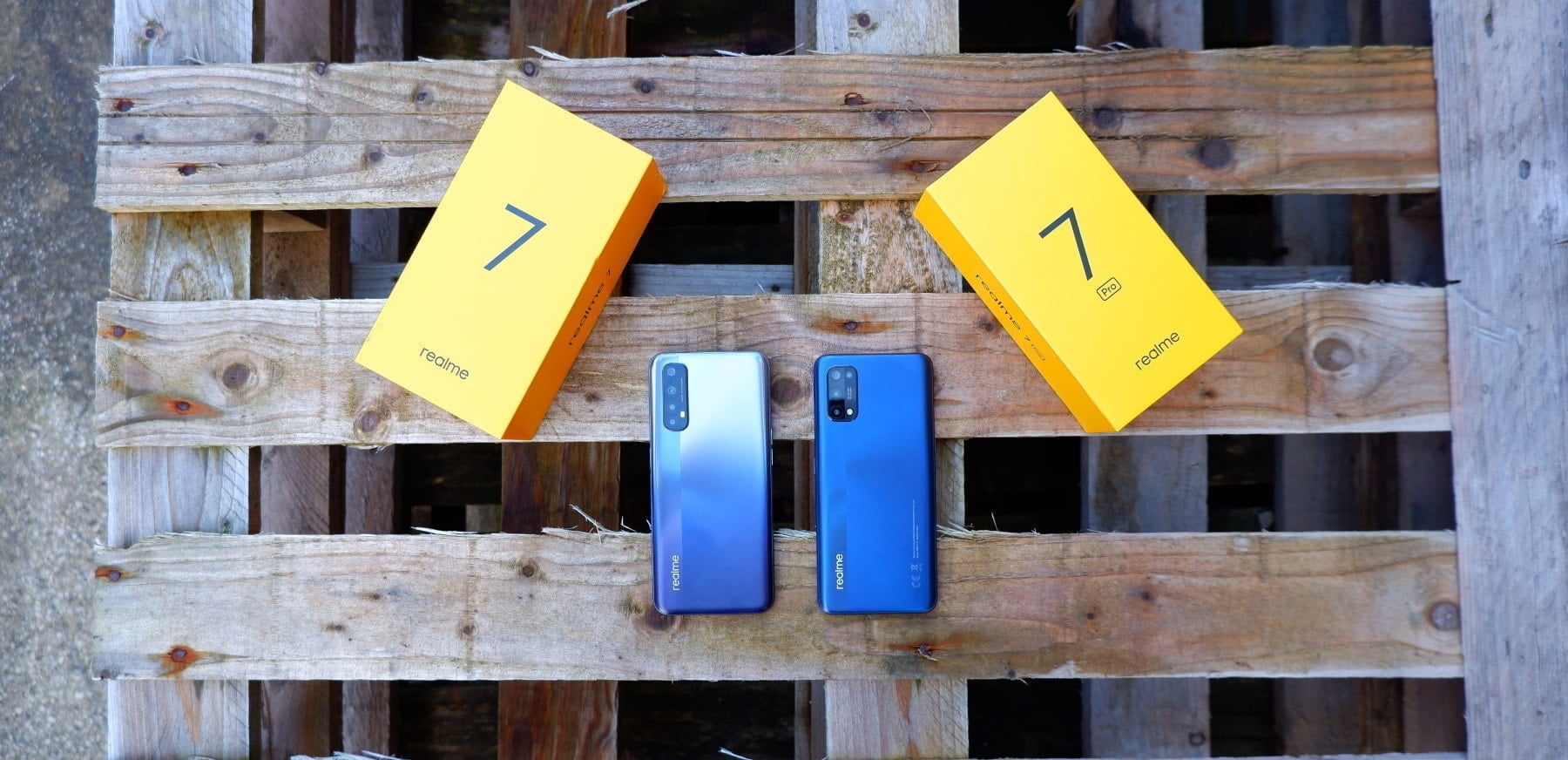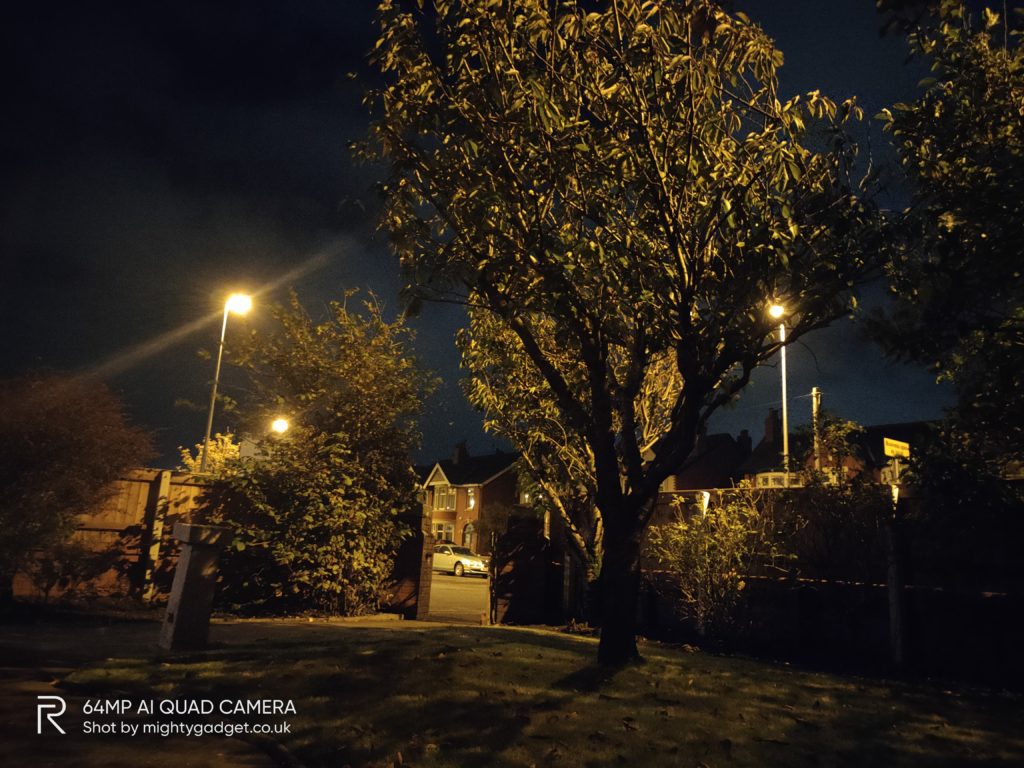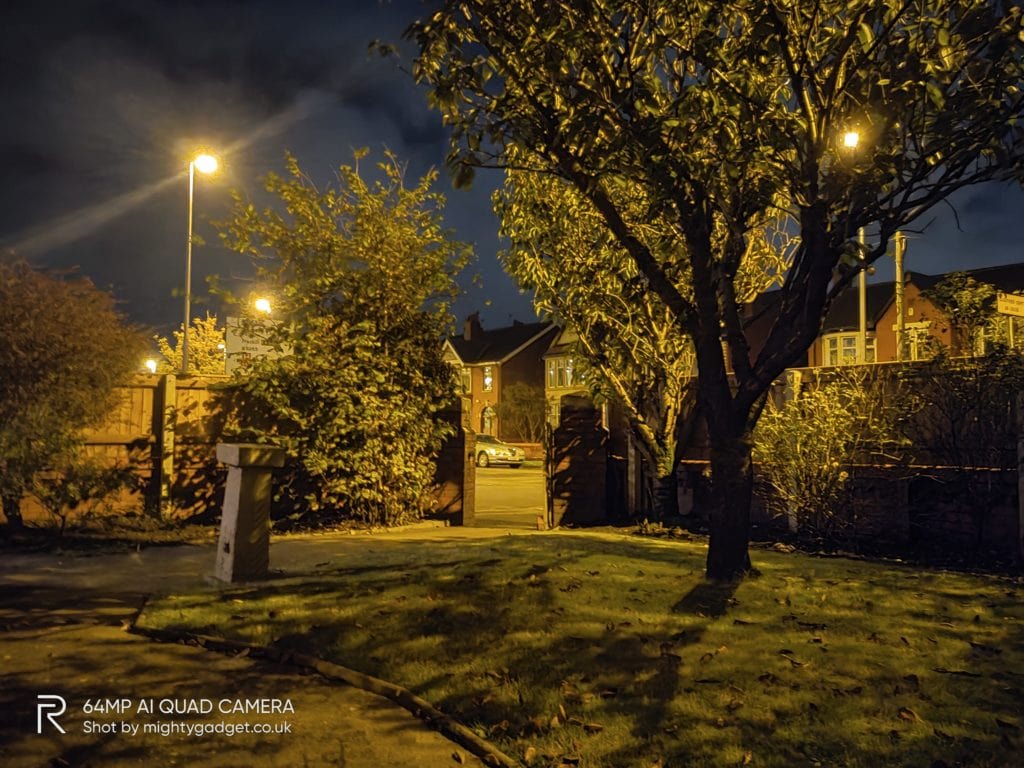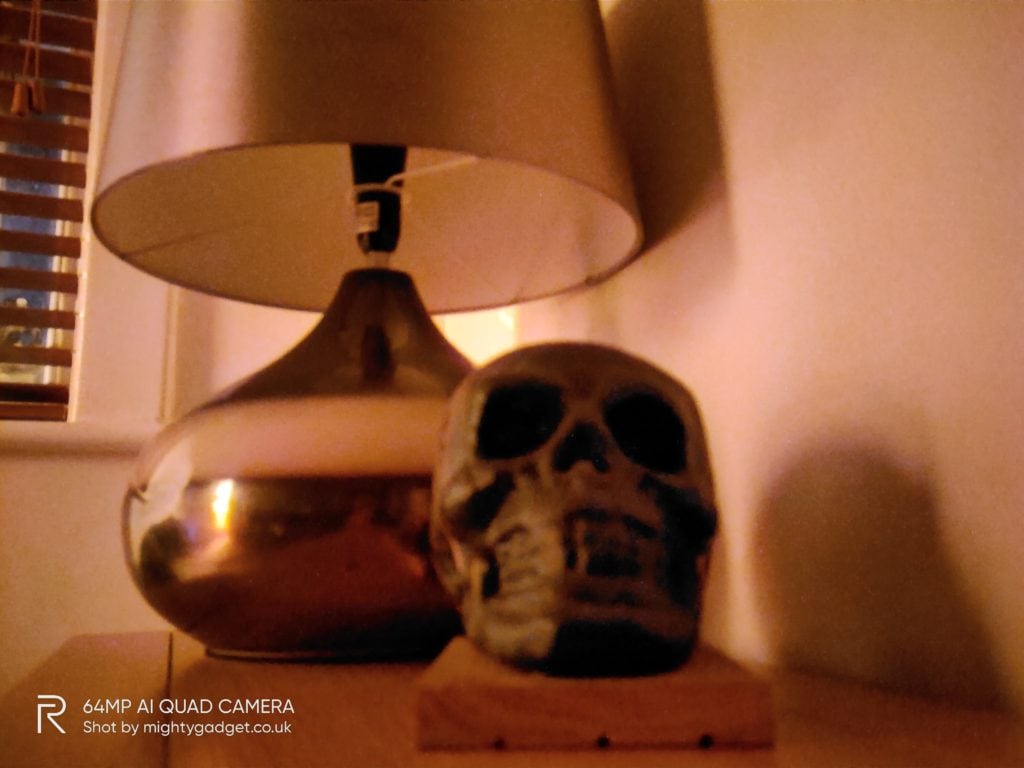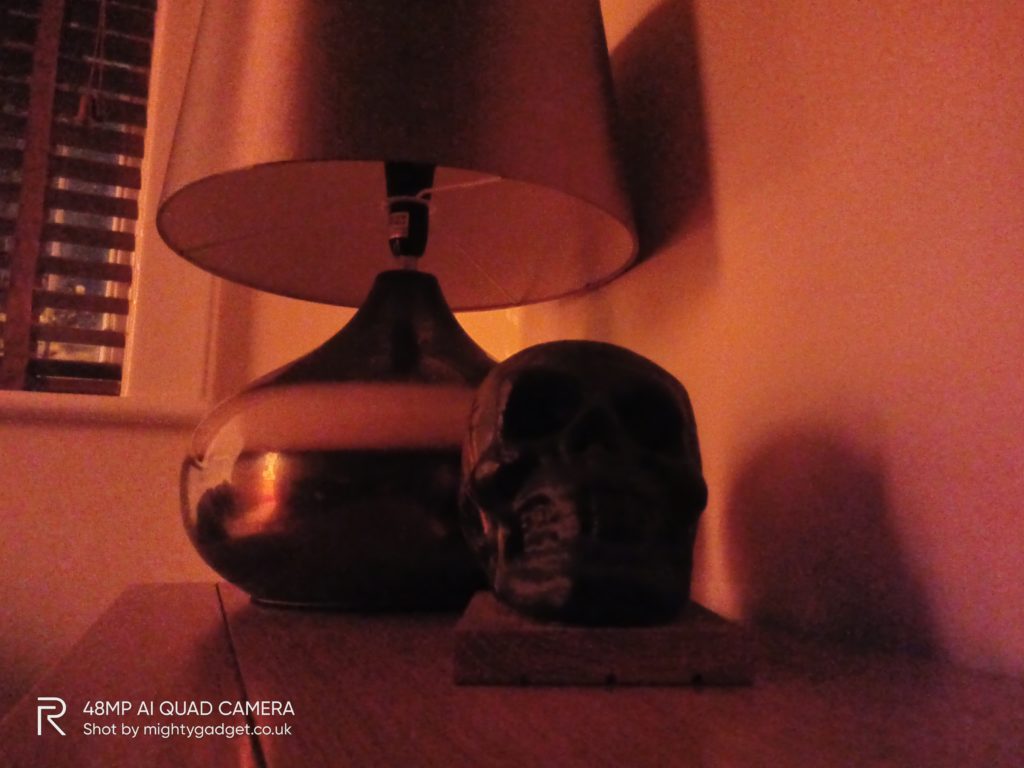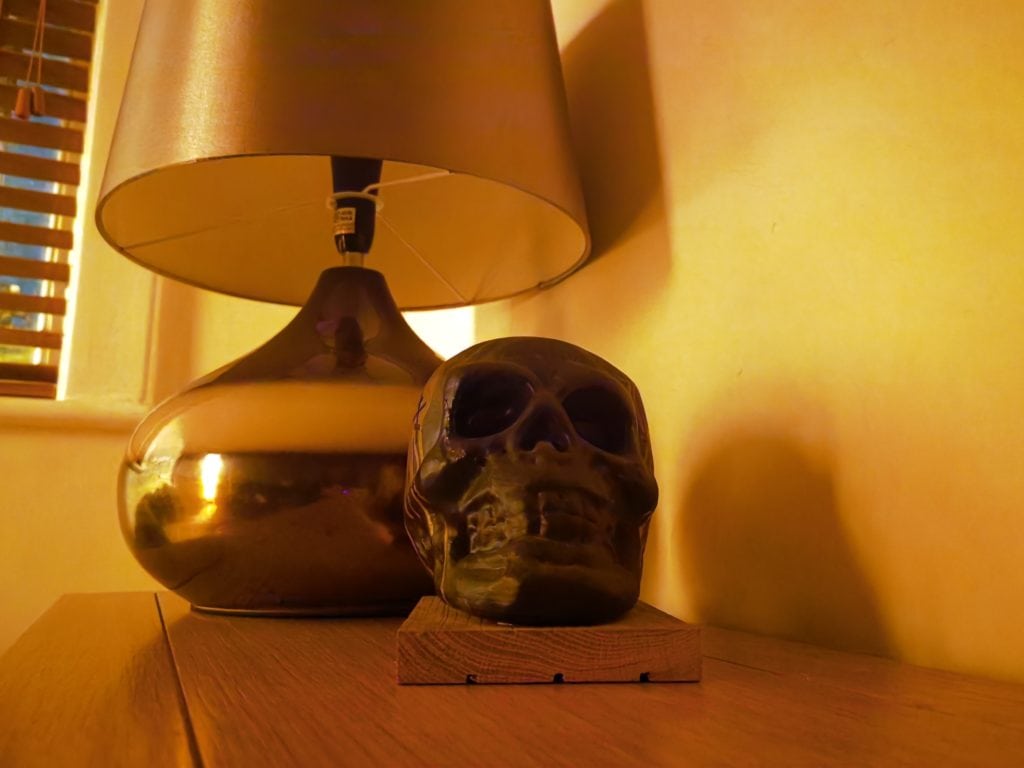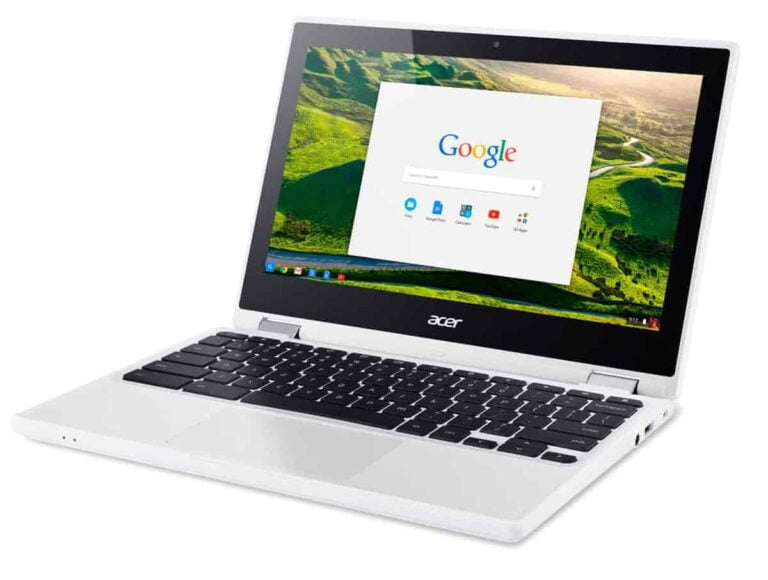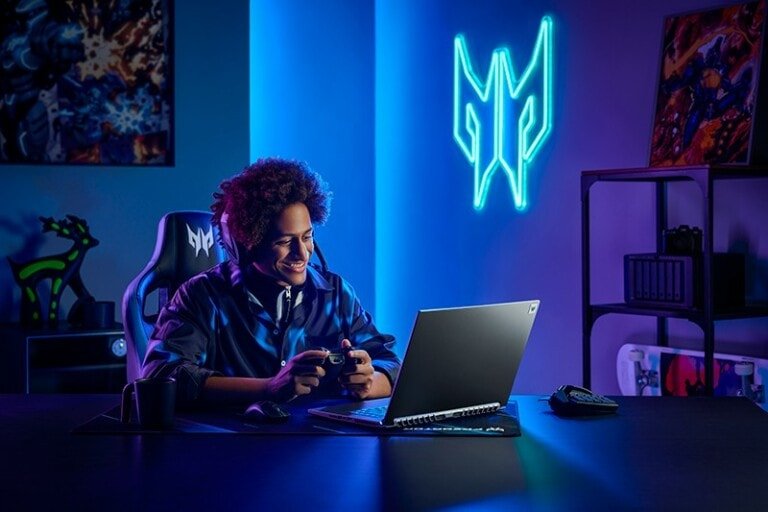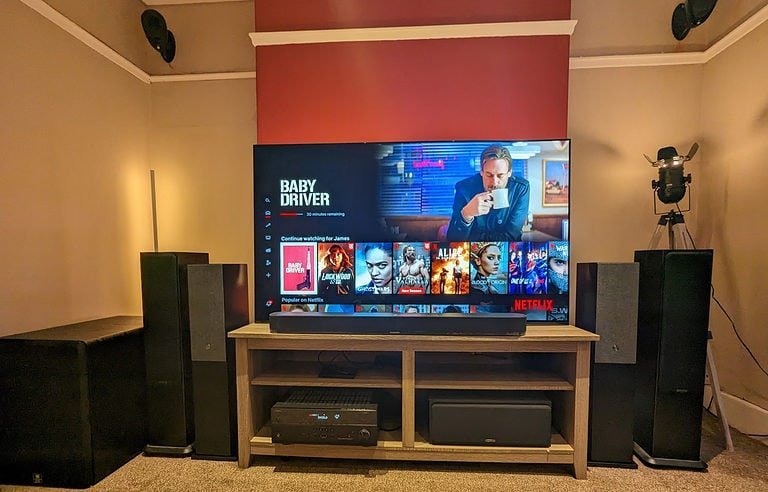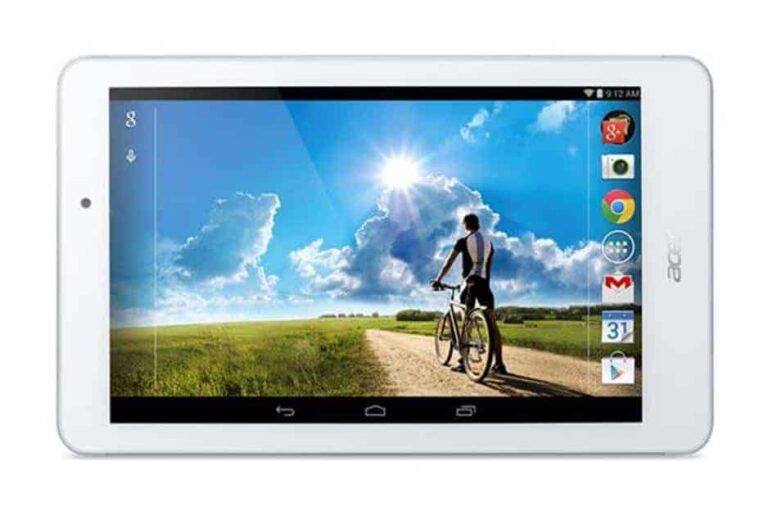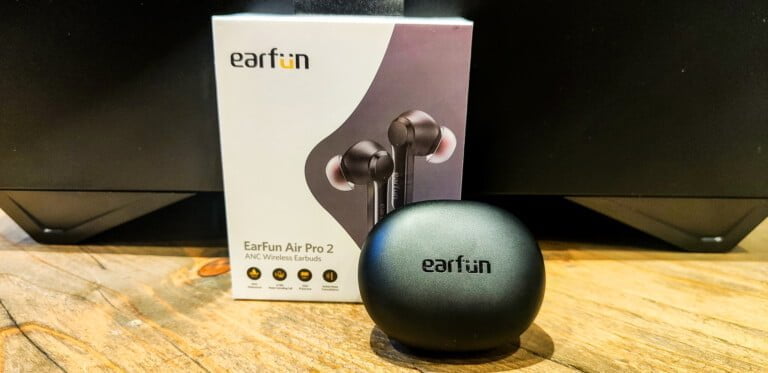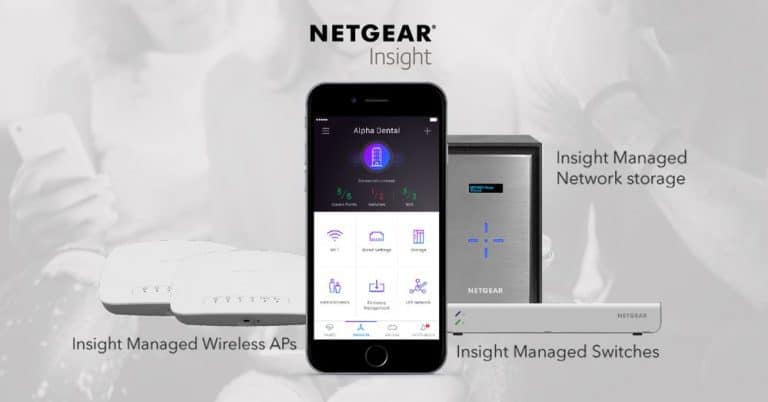Any links to online stores should be assumed to be affiliates. The company or PR agency provides all or most review samples. They have no control over my content, and I provide my honest opinion.
The Realme 7-series launched last month but has now finally come to the UK and EU.
It is a bit of a strange launch, the previous 6 series launched back in March, and not a great deal has changed since then.
However, the Realme 6 and Pro were both amazing phones for the price, and I have been using the two new phones for the past week to see if I think they are much better.
| Preview | Product | Rating | Price | |
|---|---|---|---|---|

| realme 7 Pro Mirror Silver, 8+128GB, 6.4†AMOLED Full... | Buy on Amazon |
Specification
- Display: 6.4 inch AMOLED 2400×1080
- Chipset: Snapdragon 720G
- RAM: 6GB or 8GB – my sample 8GB
- Storage: 64GB or 128GB – my sample 128GB
- Upgradable via microSD
- Rear Camera:
- 64 MP 1/1.73″ Wide
- 8 MP ultra-wide
- 2 MP macro
- 2 MP depth
- Front Camera:
- 32 MP wide
- Battery: 4500 mAh with 65W charging
Realme 7 Pro vs Realme 7 vs Realme 6 Pro
I reviewed the Realme 6 Pro just seven months ago, so for a brand new series to be launched, it may come as no surprise that there is not a massive difference in the specification.
In fact, looking at specs alone, you have to wonder whats the point of the Realme 7 Pro, you have the same chipset, same resolution main camera, same RAM and memory.
They have ditched the 12 MP 2x telephoto and stick in a barely useful 2MP depth sensor, in exchange they have upgraded the display to a 60Hz AMOLED vs 90Hz IPS.
The battery has had a small bump to 4500mah, but more importantly, the charging has had a massive increase from 30w to 65w.
As for the Realme 7, that has an IPS display running at 90hz, the new Mediatek Helio G95 which is fractionally faster than the G90T on the Realme 6, a lower specced camera, it has a bigger battery but slower charging. It is then between £40 and £100 cheaper depending on the RAM/Storage option you choose.
Design and Display
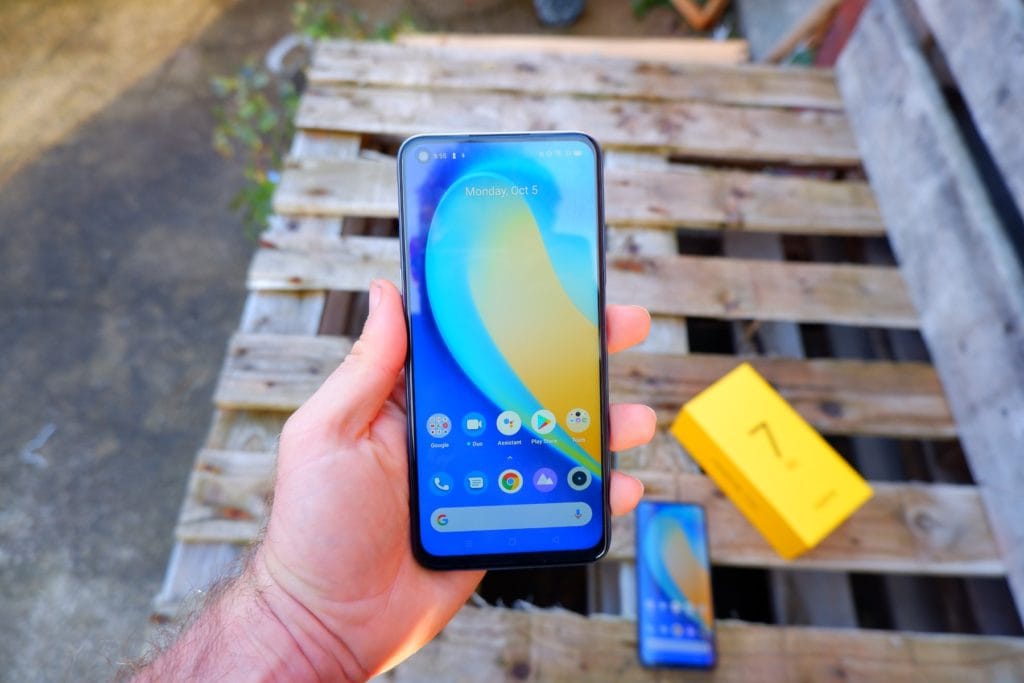
I really like the overall look and feel of the Realme 7 Pro, while it uses a mostly plastic build it feels less cheap than previous generations. In particular, the Realme 5 Pro felt quite cheap in hand.
The plastic build makes this nice and light too, there is a 30g difference between this and my Huawei P40 Pro, and you can really feel it.
The display is the stand out feature for me, some may prefer high refresh rate IPS displays, but I don’t. Gone is the annoying pill-shaped punch hole, now is a more discrete single hole housing the 32MB selfie camera. This display itself looks fantastic, the 180hz touch sampling makes it feel more responsive than you would expect for a 60Hz screen and I don’t personally feel like I am missing out on much by not having 90 or 120Hz.
Screen visibility outdoors is where this really outshines the IPS counterparts. I used this in conjunction with the Realme 7 with a 90Hz IPS display when doing photography, and the experience was just completely different. I regularly have to squint to try and make out the display on a bright day, but AMOLED is considerably more visible and usable.
There is a small discrete punch hole for the selfie in the top left corner, which I find preferable to the pill-shaped one on dual-camera options.
Then on the rear of the phone is a sort of matte finish which I think looks a bit smarter than the mirrored finish of the Realme 7.
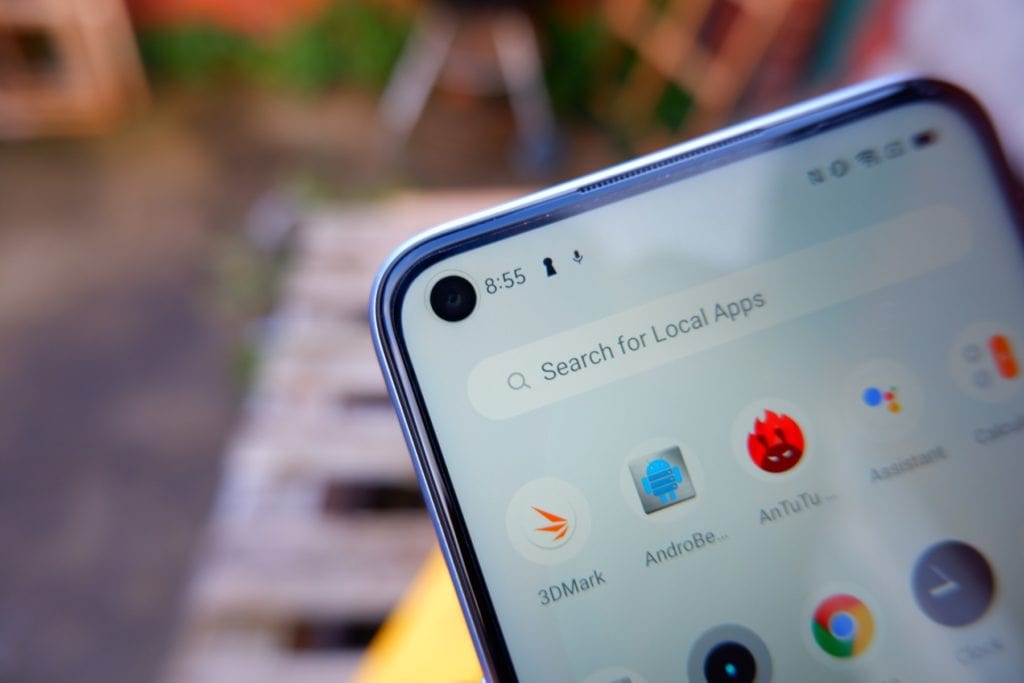
Fingerprint Scanner and Facial Recognition
While in-display fingerprint scanning is far from perfect, it has improved a lot, and I have become accustomed to it. So I much prefer it than the side-mounted options we see on phones with IPS displays.
Unlock accuracy and speed are both good on this with no major issues to report.
Face unlocking works well too, though as always, with a single front-facing camera and no depth sensor, it won’t be as secure as some of the 3D face unlock options.
Camera
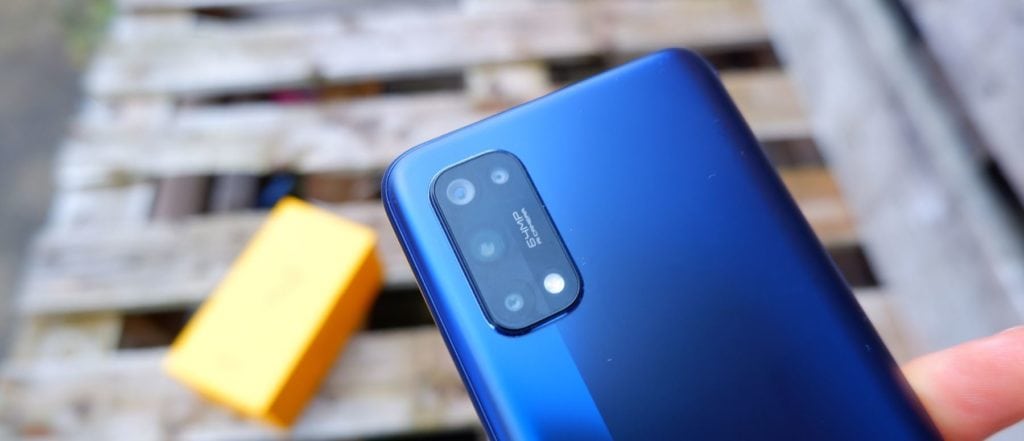
While the 64MP resolution is the same as the Realme 6 Pro, the Realme 7 Pro has switched from the Samsung GW1 to the Sony IMX682. This seems to have a significant difference in performance.
It is a little disappointing that they have dropped the 2x telephoto lens, but I think the performance upgrade with the main sensor makes up for this. For the price, the Realme 7 Pro takes superb shots in my opinion,
Like most phones, you can switch off the pixel binning to achieve the full 64MP resolution, however, this then introduces a small amount of processing delay. The end result doesn’t offer that much over the standard 16MP shots. In the below example of an old building within a cemetery, the 64MP shot appears to be a little overexposed with the sky. The 16MP shot was perhaps a little more representative of the dull day it was.

16MP 
64MP
With the Realme 7 Pro, you have an option for AI Dazzle Colour, with the Realme 7 it is Chroma Boost. I assume these are different due to the two chipsets and their AI processing.
Chroma Boost introduces a noticeable processing delay, and the end result is quite a bit different than a normal photo. Sometimes it looks good, others it can be a little artificial. Grass, in particular, tends to have the green pop a little too much.
With the AI Dazzle Colour on the Realme 7 Pro the difference is less noticeable, and there is no processing delay at all. The standard shots of the Pro tend to look less dull than the standard on the 7, so there is not much work for it to do.
Ultrawide, like most affordable phones, is just OK, it can introduce quite a bit of barreling depending on the shot and objects that are not in the main focus tend to look a bit low quality.
Low light performance is quite good too, this is often something that differentiates a good phone and mediocre. The performance is significantly better than the Realme 6. At 5 am taking a photo in my front garden the Realme handled the poor lighting quite well, with a tiny amount of light flare from the street lights. The Realme 6 on the other hand suffered badly with the street lights.
Moving indoors, the room I was in was pitch black at first so I switched on the hallway light to provide a tiny amount of light. In this scenario, the Realme 7 Pro did quite well, it struggled to focus on the object as well as introduced a lot of noise, so the end shot is a little fuzzy, but it handled the low light well. Again, the Realme 7 struggled. For reference, I also used the Huawei P40 Pro which has the largest sensor on the market and also costs around four times the price. This had no issues at all with any aspect of the low light.
Camera Samples
Performance and Benchmarks
With the chipset and RAM remaining the same since the Realme 6 Pro, there is no meaningful difference in performance. The Snapdragon 720G is an excellent chipset, Google has used the similarly specced SD730G in their £349 Pixel 4a, and this has received rave reviews.
For day to day use, you will never have issues with the chipset, that being said, it would have been nice for a little uplift in performance. The Poco X3 has the Snapdragon 732G and costs £50 less so they offer a little more bang for your buck in this regard.
As far as synthetic benchmarks go, this is almost identical to the Realme 6 Pro, which has exactly the same chipset. Antutu is a smidgen higher, 3DMark is almost identical, in Geekbench, the single-core score is almost identical, but the multi-core score is a little higher.
Battery
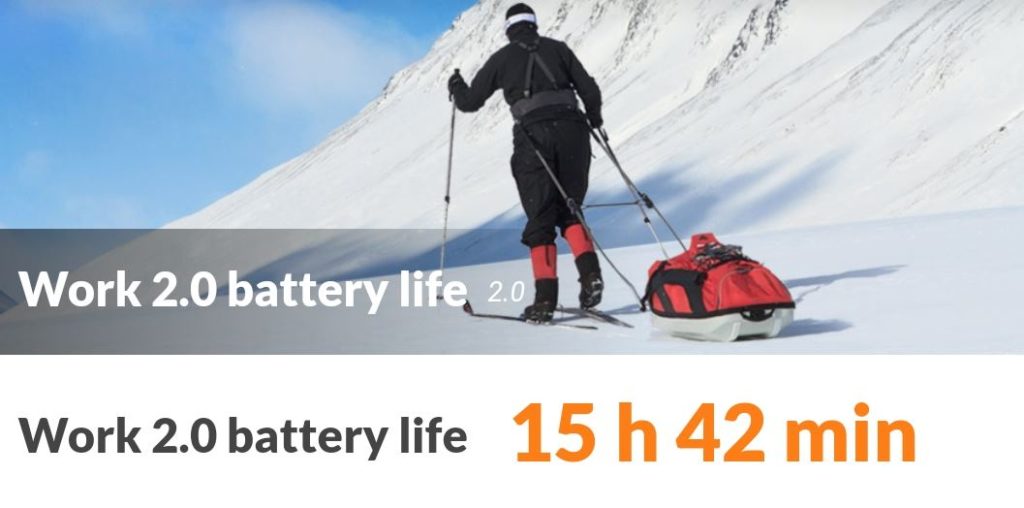
Battery life is excellent, being moderately larger than the 6 Pro you can squeeze out a little extra time from this phone. This should easily last you a day of the heavy user, probably two of moderate.
It is also worth noting that even though the battery is smaller than the Realme 7, the performance is significantly better thanks to the more efficient chipset.
I have been a big fan of the 65W charge since the Realme X2 Pro. Admittedly, working from home with very little travel, I haven’t had any opportunity to feel its benefits. However, being able to charge your phone full in under 40mins is a godsend when you are travelling or working away, where you may only have 30 mins downtime between activities.
Software
Realme UI V1.0 is installed on this device, and it is pleasantly thin on bloatware. There is nothing to complain about here, unlike the X50 which had some teething issues at first.
With me using Realme phones for a while now, I have become accustomed to the UI, the settings are still laid out in a bit of a funny way, but that’s the only issue I can think of.
With the lack of bloatware and unnecessary embellishments to the OS the overall responsiveness of the interface is superb.
Price and Alternative Options
There is only one option launching in the UK that I am aware of; this is with 8GB of RAM and 128GB storage for £279. I think this is a fantastic deal and makes it one of the best choices on the market.
Other options above and below in pricing include:
- Poco X3 for £229 – This is perhaps more of an alternative to the Realme 7 using an IPS display. It has a similar camera spec to the two phones, uses the faster Qualcomm Snapdragon 732G chipset and has a larger battery (but slower charging vs the 7 Pro).
- Google Pixel 4a for £349 – Quite a bit more expensive, and on paper doesn’t look particularly competitive, but it has been universally praised with a highly regarded cameras, one of the best Android experiences on the market and 3 years worth of updates.
- Realme 6 Pro for £279 – This is still the same price as the Realme 7 Pro, and for me, I prefer the 7 Pro overall. However, it may start to drop in price over the next few weeks so could make it a good option.
- Realme 7 from £179 – Apart from the IPS display and slower charging, there is not that much difference between the two phones. While they use different chipsets, and technically the Helio G95 benchmarks better, real-life performance is about the same. While the camera spec is the same on paper, I find the Pro model performs much better.
- Realme X50 for £270 – The camera is not as good, it has a smaller and slower charging battery, but the chipset is considerably more powerful, combined with the 120Hz display, this could be the choice for gamers
- Xiaomi Mi 10T Lite 5G for €279– Probably a better alternative than the Realme X50 with a bigger battery and better camera spec.
Overall
At first, I wasn’t overly excited about the Realme 7 Pro, I knew it would be good, but on paper, there is barely any difference between the Realme 6 Pro.
However, I have come to love it, it fixes many of the minor niggles I have with affordable phones. While I appreciate many people love fast refresh rate IPS displays, I am less fond, screen visibility outdoors is always a big problem with them, which AMOLED rarely suffers from. I would have loved if it was a 90hz screen, but I can live without it, and the 180hz touch sampling offers some increased responsiveness.
Then there is the camera; this has always been one of Realme’s weaker points. With the Realme 7 Pro, it feels like there has been a significant improvement in the overall quality of photos captured on the main lens. It won’t compete with a Huawei three times its price, but it is the best performing affordable phone I have used in recent memory.
I am not totally sure this deserves the 7 moniker, as much as I love it, it’s hardly a generational upgrade from the Realme 6 Pro.
However, I would absolutely choose this over the Realme 6 Pro, I also think it is the best option out of the 7-series. I would also buy this over the Realme X50 5G, though there are some caveats here, for me, it is better, I don’t game much, there is no 5G near me, but I do use the camera a lot and use my phone outdoors a lot. People less interested in the camera, want more performance would be better suited with the X50.
Overall, this is a superb phone and easily one of the best sub £300 phones on the market right now.
| Preview | Product | Rating | Price | |
|---|---|---|---|---|

| realme 7 Pro Mirror Silver, 8+128GB, 6.4†AMOLED Full... | Buy on Amazon |
Realme 7 Pro Review
Summary
In my opinion, this is one of, is not the best sub-£300 phone on the market. The beautiful AMOLED display and excellent main camera sensor make this a well-rounded choice that is a pleasure to use.
Overall
95%-
Overall - 95%95%
Pros
AMOLED display is beautiful
Primary 64MP Sony sensor is very good (other sensors not so much)
65W charging on a £280 phone is incredible
Snapdragon 720G is more than enough for most people
Cons
Similarly priced phones using the SD765 which would be better for gamers
60Hz display
I am James, a UK-based tech enthusiast and the Editor and Owner of Mighty Gadget, which I’ve proudly run since 2007. Passionate about all things technology, my expertise spans from computers and networking to mobile, wearables, and smart home devices.
As a fitness fanatic who loves running and cycling, I also have a keen interest in fitness-related technology, and I take every opportunity to cover this niche on my blog. My diverse interests allow me to bring a unique perspective to tech blogging, merging lifestyle, fitness, and the latest tech trends.
In my academic pursuits, I earned a BSc in Information Systems Design from UCLAN, before advancing my learning with a Master’s Degree in Computing. This advanced study also included Cisco CCNA accreditation, further demonstrating my commitment to understanding and staying ahead of the technology curve.
I’m proud to share that Vuelio has consistently ranked Mighty Gadget as one of the top technology blogs in the UK. With my dedication to technology and drive to share my insights, I aim to continue providing my readers with engaging and informative content.
Last update on 2025-07-15 / Affiliate links / Images from Amazon Product Advertising API

